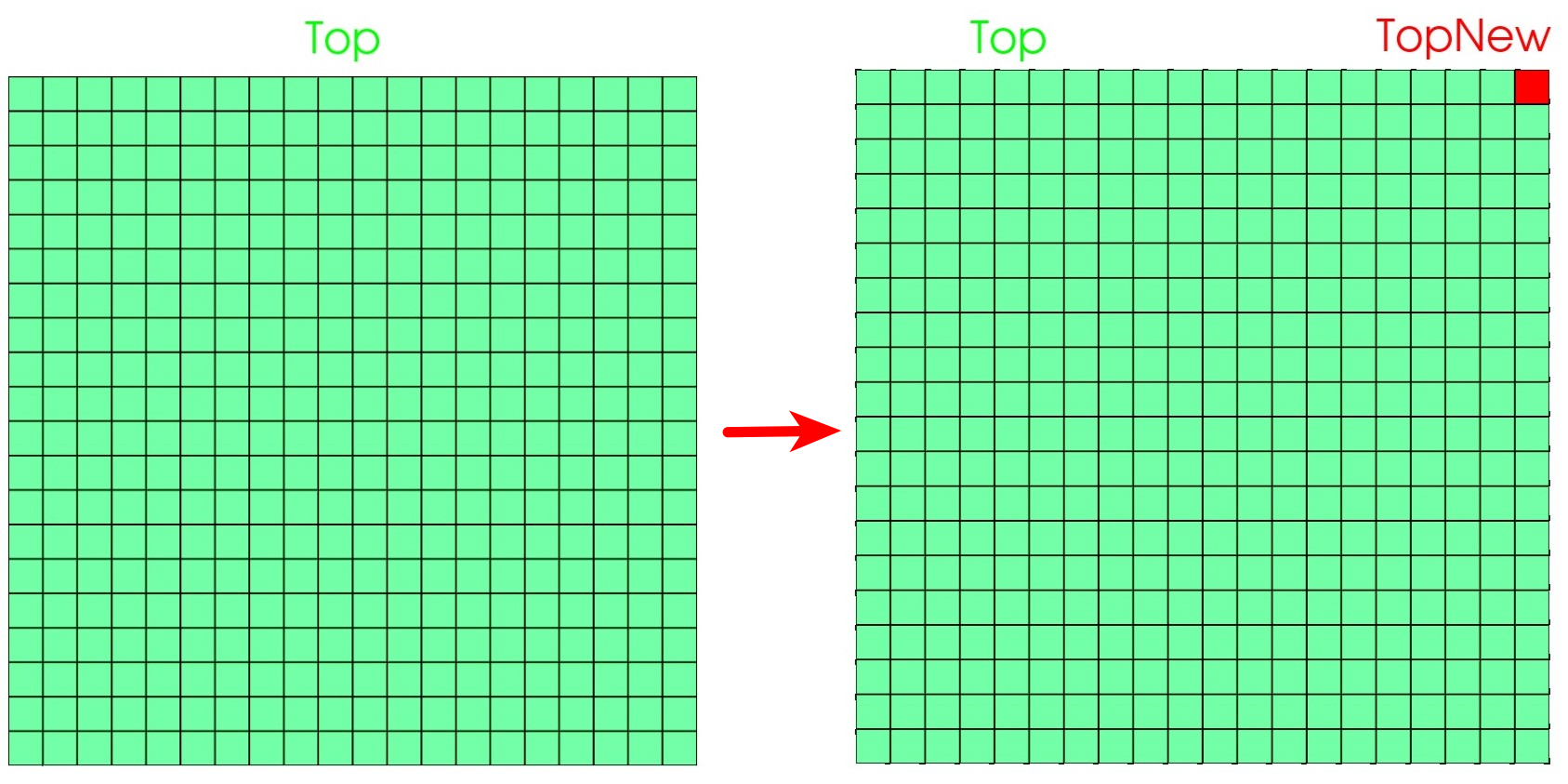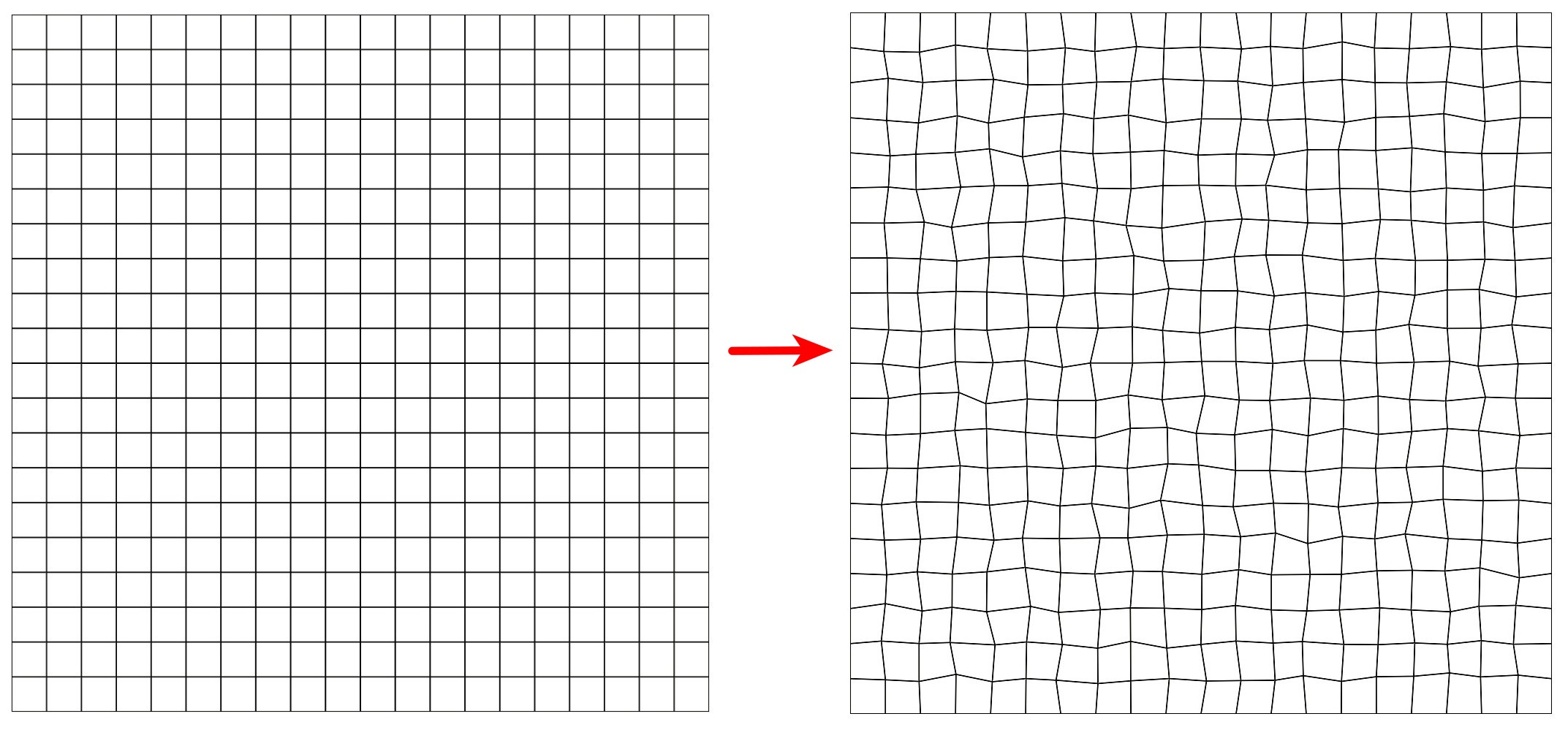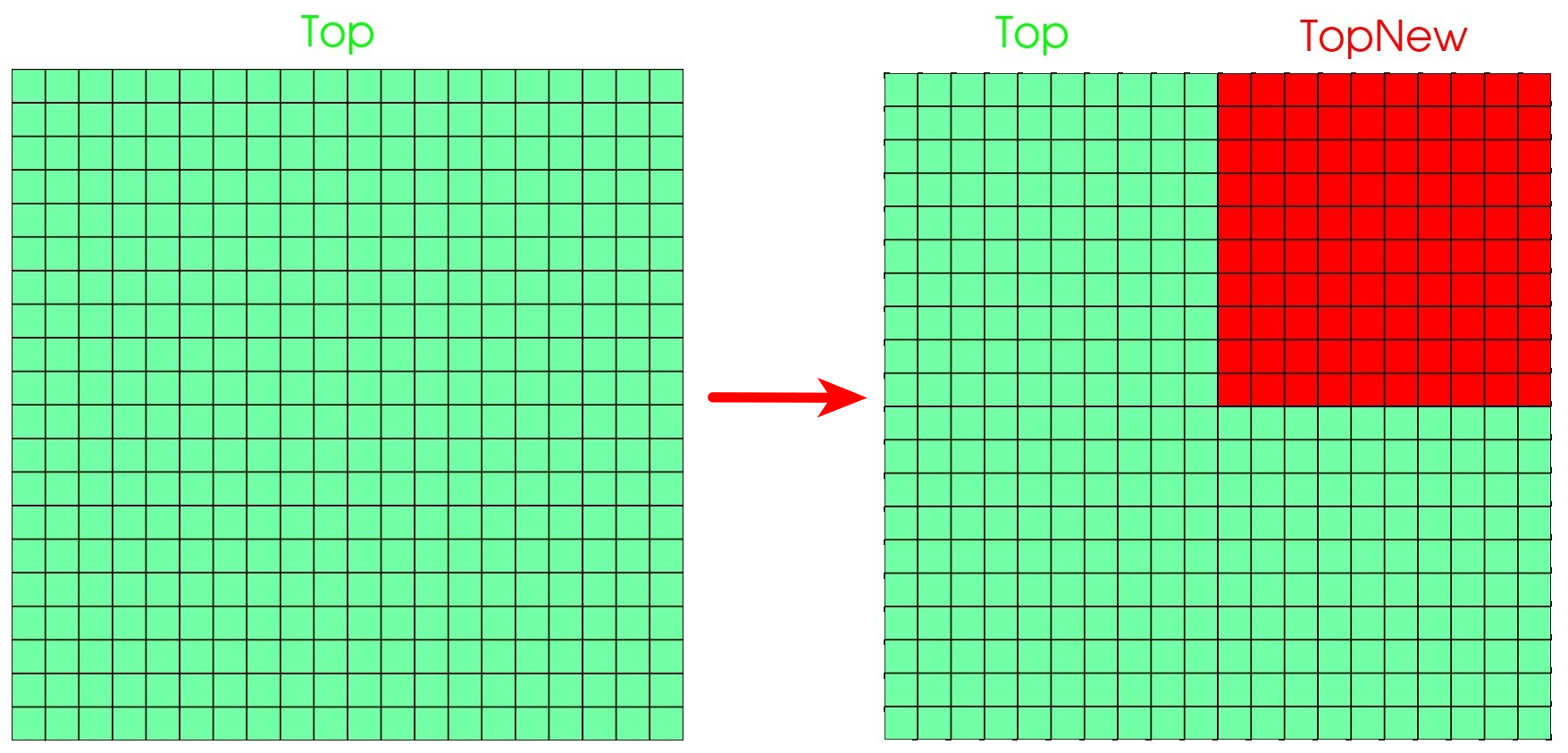Utilities
Prepared by Ivan Batistić
Section Aims
- This document describes the
solids4foamutilities located inapplications/utilities; - Utilities are executables that provide various pre and post-processing functionalities;
- These
solids4foamutilities provide functionalities not available in the standardOpenFOAMutilities (OpenFOAM-wiki).
abaqusMeshToFoam
-
Utility purpose Mesh converter: converts Abaqus mesh (in
*.inpformat) into the FOAM mesh format.
Currently, this utility only supports 3-D hexahedral cells/elements. Details regarding the FOAM mesh format can be found, for example, here.
Note that each distribution ofOpenFOAMcomes with a set of mesh converters (but not for Abaqus), see the available one here. -
Arguments
<mesh.inp>name of the Abaqus mesh file.
-
Options/parameters
None
-
Example of usage
$ abaqusMeshToFoam mesh.inpNote- Only the following Abaqus element types are supported: C3D8 and C3D8R.
- Only the first PART is used and the rest are ignored.
- Node sets, element sets and surfaces are not converted.
addTinyPatch
-
Utility purpose For a chosen patch, find the closest face to the specified location and separate it into a new patch.
The utility can be used, for example, to create patches for specifying point loads. -
Arguments
<currentPatchName>chosen patch name;<newTinyPatchName>name of the one-face patch to be created;"(x y z)"location vector.
-
Options/parameters
None
-
Example of usage
$ addTinyPatch Top TopNew "(30 30 0)"

When using addTinyPatch the original mesh is overwritten!
foamMeshToAbaqus
-
Utility purpose Mesh converter: converts FOAM mesh into Abaqus mesh (
*.inpformat). Currently, this utility only supports 3-D hexahedral cells/elements. -
Arguments
None
-
Options/parameters
None
-
Example of usage
$ foamMeshToAbaqusConverted mesh is written to the
abaqusMesh.inpfile.
Creates a node set and and element set and a surface for each boundary patch.
Also creates a element set for each material in the materials file (if it is exists).Note- Only works for hexahedral cells as yet.
- Created for Abaqus-6.9-2, but should work for new versions too.
perturbMeshPoints
-
Utility purpose
Add a random perturbation to each interior mesh point. Boundary points are not perturbed, except for in-plane motion onemptyandwedgepatches.
The utility can be used to create a distorted mesh to test the behavior (accuracy, order of accuracy, stability, etc.) of a discretisation procedure. -
Arguments
None -
Options/parameters
None
-
Dictionary
Inputs are defined in dictionary namedperturbMeshPointsDictand located insystemdirectory:seed 1; scaleFactor (5e-3 5e-3 5e-3); Gaussian no;seedis a scalar value used for the random number generator;scaleFactoris a scaling vector which scales the point perturbation in each direction separately;Gaussianenforces Gaussian distribution when perturbing points, otherwise uniform distribution is expected. Only used in combination with OpenFOAM.com.
-
Example of usage
$ perturbMeshPointsThe figure below shows mesh before and after using
perturbMeshPointsutility.

Perturbed mesh (polyMesh) is stored in the 0 directory and needs to be moved to constant before running the simulation!
For 2-D simulations, there is no need to perturb points in the empty direction. For an empty direction, zero scaling should be used, e.g.:scaleFactor (5e-3 5e-3 0);
splitPatch
-
Utility purpose Splits a patch into two patches by putting faces in the given bounding box in a new patch.
-
Arguments None
-
Options/parameters
-overwriteoverwrite the original mesh when storing mesh after patch splitting. - Dictionary
patchToSplitName Top; newPatchName TopNew; boundBoxes ( (0 0 0.01) (1 1 1) );patchToSplitNameis a name of the patch to be split;newPatchNameis the name of the splitted patch part;boundBoxesis list of bounding boxes; each defined with two vectors:(xmin ymin zmin)and(xmax ymax zmax). Boundary patch faces inside this bounding box will be put in a new patch.
Note: The face's centre point is tested to see if it is inside the bounding boxes!
-
Example of usage
$ splitPatch
splitPatch: top patch before and after split NoteThe mesh with the new patch is stored in a new time-step directory (
1for example) and should be moved to theconstantbefore running the simulation. Alternatively, the-overwriteoption can be used to overwrite the original mesh.